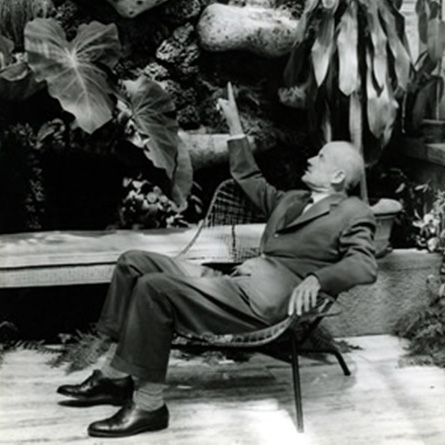
Pietro Porcinai


Pietro Porcinai
(Settignano 1910 – Florence 1986)
Florentine architect and landscape artists Pietro Porcinai was the son of Martino Porcinai, gardener at Gamberaiafrom 1902 to 1916. Pietro trained abroad and worked in plant nurseries (at Martino Bianchi’s in Pistoia), becoming acquainted with the great masters of garden design. His long apprenticeship based on a historic approach eventually veered towards a fully contemporary language stemming from his experiences in Germany and Belgium working side by side with plant nursery and hybridization specialists. Porcinai’s work paved the way for the definition of the then emerging profession of landscape architecture. Particularly attentive to the environmental framework and to a garden’s site-specific characteristics, he was able to establish a dialogue between tradition and innovation, balancing between a profoundly mystical naturalistic vision and an attentive consideration of practical and formal aspects of landscape design. In working on pre-existent gardens, he created more rigid, austere and formal interventions, while in those projects he defined from scratch he expressed a freer creativity. Always remindful of each location’s
Look at the card of the Gamberaia Garden
 Share on social
Share on social